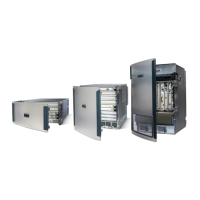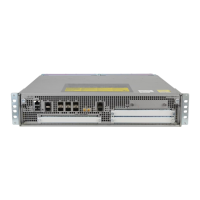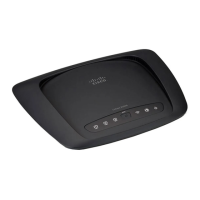show uidb trace
To display trace data information for the micro-interface descriptor block (IDB), use the show uidb trace
command in EXEC mode.
show uidb trace {all| errors| events| init| rsm}[file file-name] [hexdump] [last entries] [reverse] [stats]
[tailf] [unique] [usec] [verbose] [wide] [wrapping] [location {node-id| all| mgmt-nodes}]
Syntax Description
Displays all UIDB trace information.all
Displays information related to UIDB errors trace.errors
Displays information related to UIDB events trace.events
Displays information related to UIDB init trace.init
Displays information related to UIDB rsm trace.rsm
(Optional) Displays a specific file.file
Name of a specific file.
filename
(Optional) Displays traces in hexadecimal format.hexdump
(Optional) Displays trace information for a specific number of entrieslast
Number of entries. Replace entries with the number of entries you want to
display. For example, if you enter 5, the display shows the last 5 entries in
the trace data. The range is from 1 to 65536.
entries
(Optional) Displays the latest traces first.reverse
(Optional) Displays the statistics in the command output.stats
(Optional) Displays the new traces as they are added in the command output.tailf
(Optional) Displays timestamp w/usec detail.usec
(Optional) Do not display buffer name, node name, and thread-id.wide
(Optional) Displays the unique entries with counts in the command output.unique
(Optional) Displays the information for internal debugging in the command
output.
verbose
(Optional) Displays the wrapping entries in the command output.wrapping
(Optional) Specifies a node. The node-id argument is entered in the
rack/slot/module notation.
location node-id
Cisco IOS XR Advanced System Command Reference for the Cisco XR 12000 Router, Release 4.3.x
82 OL-28456-02
Troubleshooting Commands
show uidb trace
